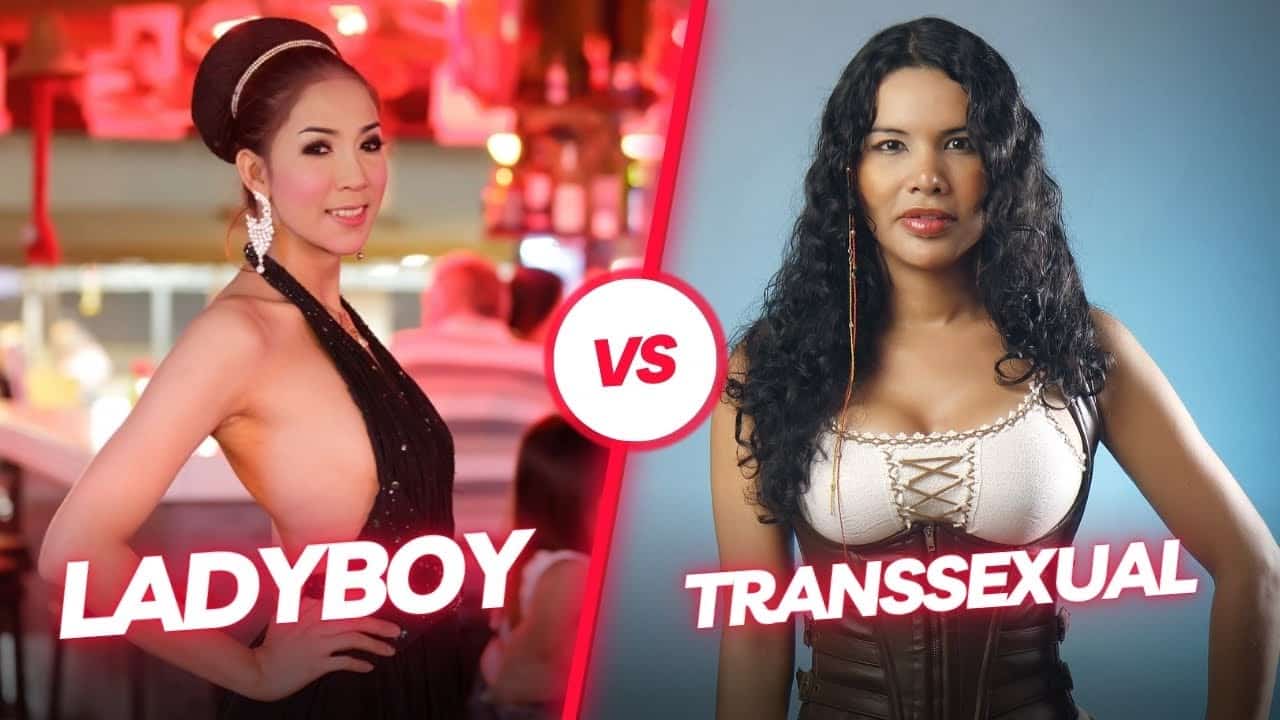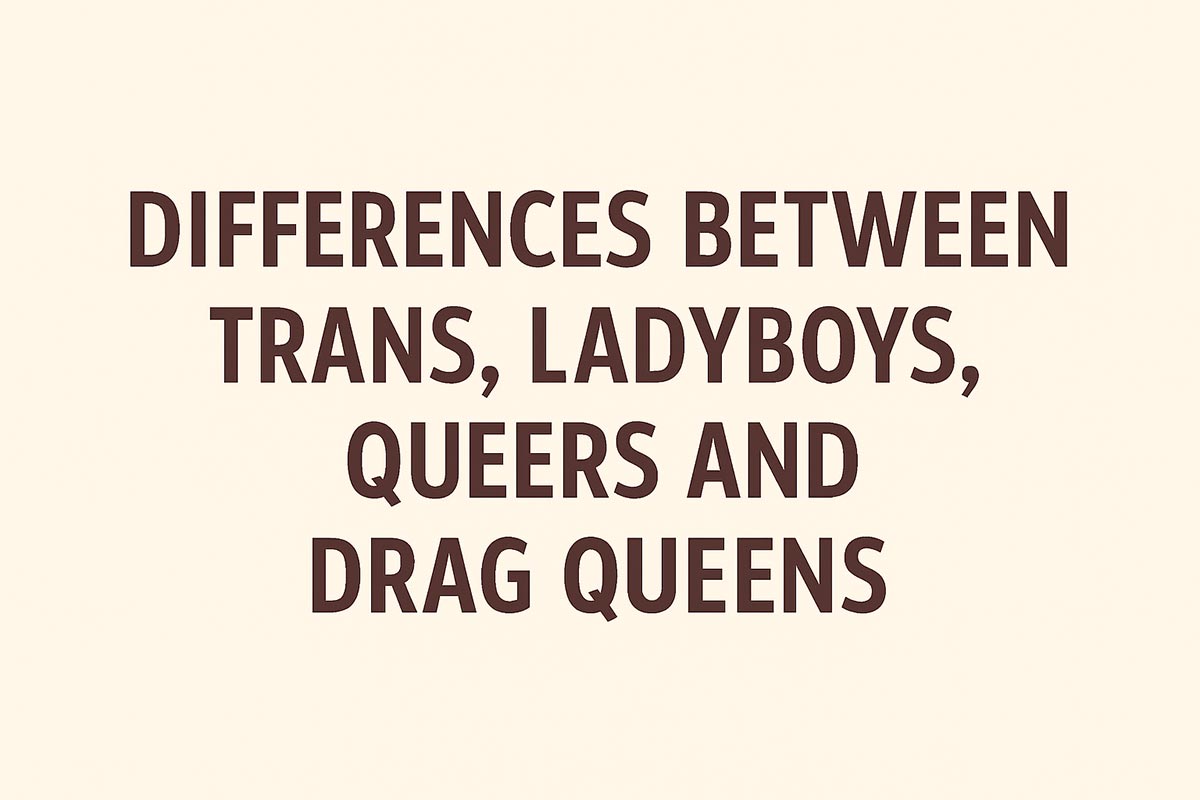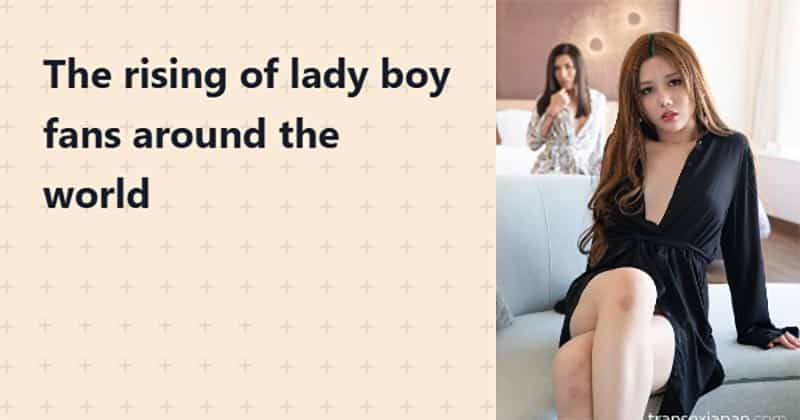
The term “ladyboy” has become increasingly familiar in popular culture, particularly in reference to transgender women or feminine-presenting individuals, most commonly in Southeast Asia. While it is often associated with Thailand, its usage and meaning can extend to other regions, and it’s sometimes misunderstood or conflated with terms like shemales or transvestites—which are very different in meaning and tone.
In this article, we’ll explore what the term ladyboy means, how it is used in different parts of the world, and how it differs from similar but distinct labels. Understanding these distinctions helps foster respect, cultural appreciation, and awareness of the diversity within gender identity and expression.
What Is a Ladyboy?
Ladyboy is an English translation of the Thai term “kathoey”, which refers to a person assigned male at birth who presents as female, often identifying as a woman. In Thailand, and in other Southeast Asian countries like the Philippines and Indonesia, ladyboys are a visible part of society and culture. They may undergo hormone therapy, gender-affirming surgery, or simply adopt a feminine appearance through dress, behavior, and self-expression.
In broader terms, a ladyboy is generally:
- A transgender woman (male-to-female, or MTF)
- A person who identifies with a feminine gender role
- Sometimes a performer or public personality, but not always
However, not all ladyboys identify as transgender, and not all transgender women prefer to be called ladyboys. The term can be empowering for some and offensive for others, depending on personal preference and cultural context.
Cultural Context in Southeast Asia
In Thailand, the existence of kathoey dates back centuries. They are often seen in the entertainment industry—beauty pageants, cabaret shows, modeling—but many also work in everyday professions such as hospitality, retail, or office jobs. Thai society, while traditionally conservative in some ways, tends to be relatively tolerant of gender diversity, especially compared to Western countries.
Still, acceptance doesn’t always equate to equality. Ladyboys in Thailand and elsewhere may face legal and social discrimination, especially in areas like healthcare, education, and employment. For example:
- Thai ID cards still reflect a person’s sex assigned at birth
- Discrimination in hiring is not uncommon
- Medical access to hormone therapy or surgery can be limited or expensive
Yet, despite these challenges, many ladyboys are open about their identity and live with visibility and pride.
Global Use of the Term
Outside Asia, “ladyboy” is often used by tourists, online communities, and adult entertainment platforms. In Western contexts, the term can sometimes be misunderstood or used in a fetishizing way, especially when associated with pornography. It’s important to recognize that:
- Ladyboy is not a medical or scientific term
- Not all trans women (especially outside of Asia) identify with the term
- Using it without understanding the cultural background can be offensive
When speaking about individuals, it’s always best to ask how they identify and respect their preferences.
Ladyboys vs. Shemales
A common point of confusion is the difference between ladyboys and shemales. While some may use these terms interchangeably, they are not the same.
Shemales:
- This term is widely considered offensive and outdated
- It originated in pornographic media to describe trans women (or MTF individuals) who retain male genitalia but have developed breasts, often through hormone therapy or surgery
- It is not used by the transgender community to describe themselves
- It is often associated with objectification and fetishization
In contrast, ladyboy—while sometimes used in adult contexts—has broader cultural and social meanings, especially in Asia. Calling a trans woman a “shemale” in a non-pornographic or casual setting is generally viewed as disrespectful.
Ladyboys vs. Transvestites
Another outdated and often misunderstood term is transvestite.
Transvestite:
- This refers to someone, typically male, who wears clothes traditionally associated with women
- It does not imply a change in gender identity
- It is more aligned with cross-dressing for expression, performance, or personal satisfaction
- Many transvestites are cisgender men, and do not identify as women
By contrast, ladyboys often identify as women or have a strong feminine gender identity. Their gender expression is not simply about appearance—it’s an integral part of who they are.
It’s also worth noting that the word transvestite has largely been replaced with the more respectful and inclusive term cross-dresser.
The Importance of Language and Respect
Language evolves, and how we talk about gender and identity matters. Words like ladyboy, shemale, and transvestite carry different cultural, emotional, and political weight depending on who’s using them and how.
If you’re speaking about someone’s identity:
- Use their chosen pronouns
- Ask how they prefer to be described
- Avoid terms rooted in objectification or outdated science
Respecting people’s identities, rather than relying on stereotypes or outdated language, is a simple yet powerful way to affirm their dignity.
Representation and Visibility
Despite the challenges, many ladyboys are thriving, visible, and vocal. Some become celebrities, influencers, beauty queens, or entrepreneurs. Others live more private lives, navigating everyday joys and struggles like anyone else.
In popular culture, characters and personalities identified as ladyboys appear in Thai movies, international documentaries, and online media. This visibility helps break down stigma and show that gender diversity is a natural part of human life.
Final Thoughts
The term ladyboy carries rich cultural significance in Southeast Asia and especially in Thailand. It typically refers to transgender women or feminine-presenting individuals assigned male at birth. While sometimes misunderstood or fetishized in the West, ladyboys are part of a long tradition of gender diversity and resilience.
It’s crucial to differentiate respectful terms (like “trans woman” or “ladyboy,” depending on context) from outdated or offensive ones like “shemale” or “transvestite.” As with all identity-related topics, listening, empathy, and respect go a long way.
If you’re curious to learn more about gender diversity in global cultures, or want to support trans and gender-nonconforming communities, there’s always more to explore—with open eyes and an open heart.


